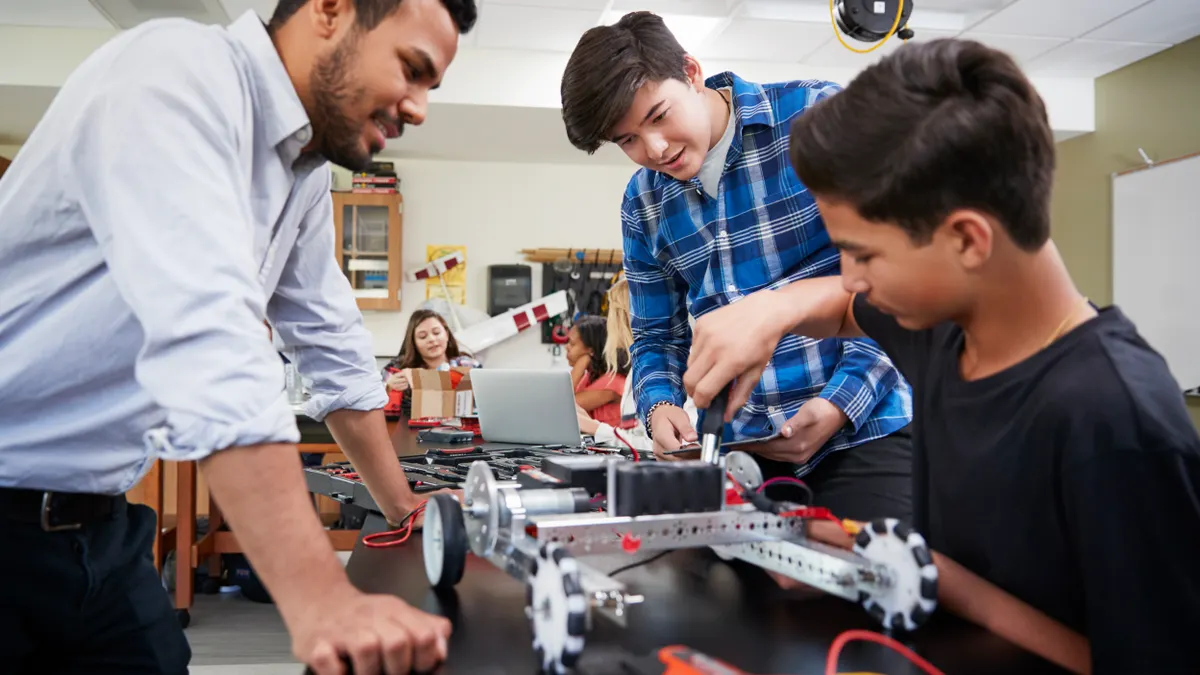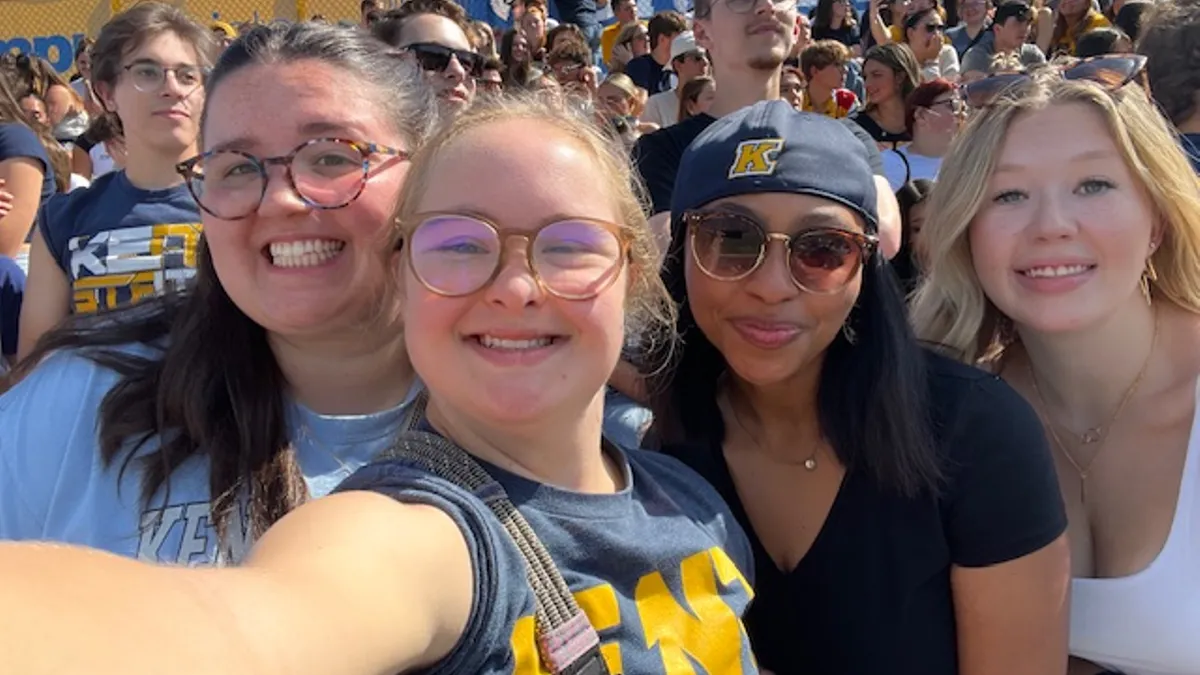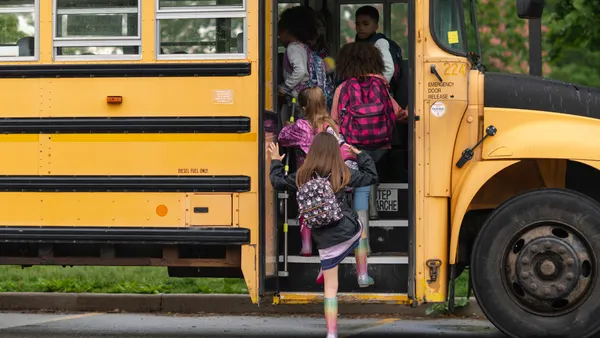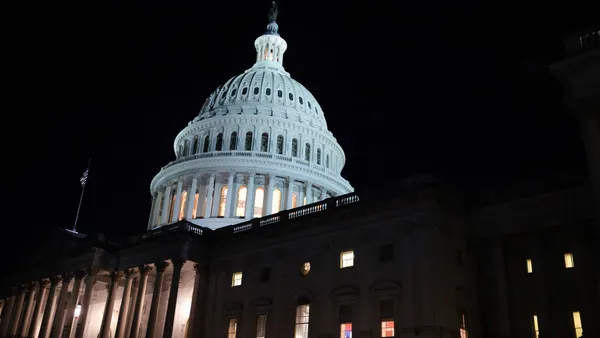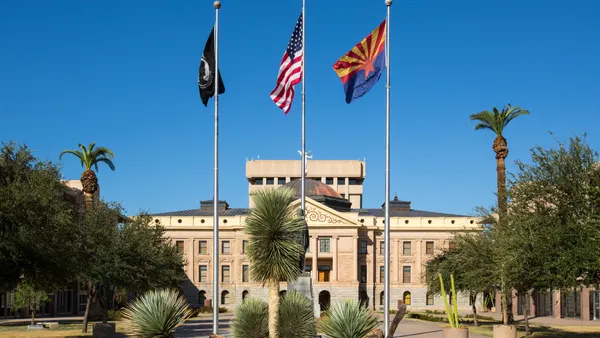Dive Brief:
- Hands-on, real-world learning experiences often make instruction come alive in ways that are stickier and more powerful, according to Andy Calkins, co-director of Next Generation Learning Challenges. “There’s oceans of evidence about the importance of this kind of learning and helping learning become meaningful for kids,” he said.
- While students are normally tested directly on school curricula, and there’s value in doing so, “far greater value comes when they have an opportunity to take that knowledge and those skills and apply them within a whole different set of contexts,” Calkins said. “That’s one of the primary values of this kind of approach.”
- Another key benefit is the opportunity to develop personal and workplace competencies that students will need once they leave school, Calkins said. Hands-on learning “integrates and combines the development of hard skills and soft skills, which often get talked about as if they are in separate domains,” he said. “You develop soft skills in the context of content, and not by reading a book about resilience and perseverance.”
Dive Insight:
Last school year, the San Diego County Office of Education launched a hands-on learning program for K-12 students based out of the county office’s Linda Vista Innovation Center. Students learn about design thinking, listen to local speakers from the business world, and have the chance to use 3-D modeling software.
The office particularly targets communities with higher concentrations of poverty to showcase in-demand career opportunities in the county like optometry and public works, said Matthew Tessier, assistant superintendent of innovation at SDCOE.
The programming taps into students’ individual strengths, and hands-on learning is designed around those, Tessier said.
“Kids who may be artistic, for example, have an experience within the healthcare optometry lab, where they’re actually designing frames for glasses,” he said. “They do different things that are very hands-on and engaging that would replicate what’s going on in the real world, appropriate to their grade levels.”
Students work collaboratively in groups to replicate that aspect of career education, as well, Tessier said.
“Employers we collaborate with say the ability to work together is important; and also to iterate, and try things again,” he said. “Those are some of the soft skills we are giving kids.”
Employers are eager to partner with the county office to design learning experiences, he added, noting that many of them have corporate social responsibility goals to meet.
Another goal of the county office is to ensure students see a place for themselves in the working world, regardless of whether they plan to attend college, Tessier said. “We are very intentional in making sure kids feel like they belong, whatever it is they want to do,” he said.
Among other schools and districts that Calkins said do especially strong work in the area of hands-on learning are DaVinci Schools in Los Angeles, St. Vrain Valley Schools in Longmont, Colo., and a global network of charter schools called Big Picture Learning.
Like San Diego County, such schools and districts “have worked for years to develop close, ongoing outside partnerships with employers, with community-based organizations — especially as kids mature into their junior and senior years,” he said. “The secret and the challenge are in the work that the school district and the partner do together to make sure that the student is having a powerful learning experience.”
Calkins suggests that districts looking to launch such experiences start small.
“Don’t try to boil the ocean all at once and try to provide every single student an internship your first year,” he said. “Identify two or three interested community partners who want to work with you to make this a good experience. And then co-design programs with your partners actively involved to make sure it’s an experience that will help the kids … learn valuable skills along the way.”


